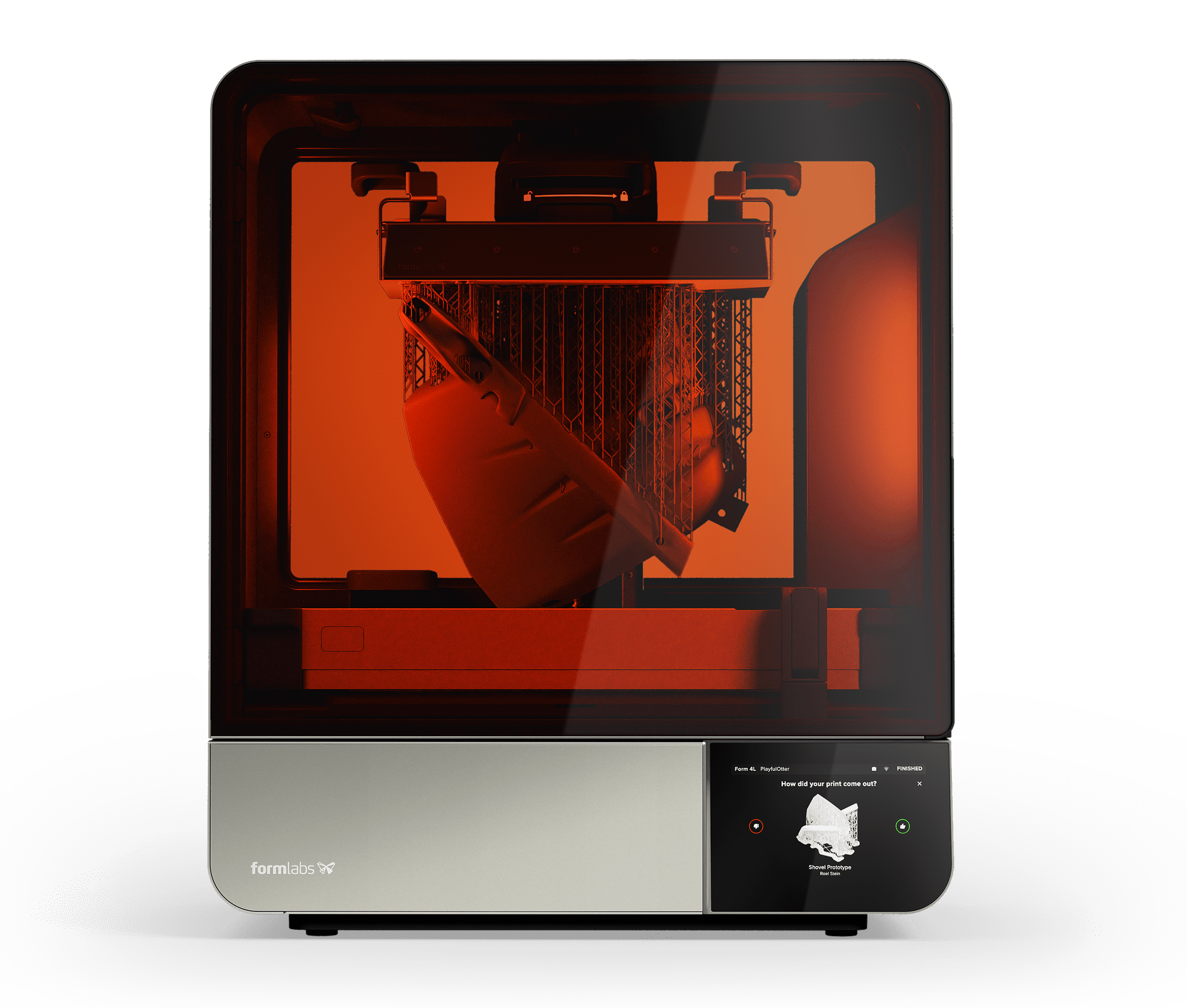How to post-process 3D prints and get excellent surface finish with RADOR from PostProcess Technologies® which utilizes software intelligence, hardware, and advanced vibratory technology to dually remove powder from and burnish printed parts. The secret behind this flexible automated solution is the Suspended Rotational Force (SRF) technology, which employs PostProcess’ AUTOMAT3D software to create an effective friction force and suspend parts in a circulating motion.
This movement ensures that every area of each part receives equal exposure to the finishing hardware. The rotary motion is kicked into gear by the machine’s vibratory tub. These vibrations are essential to RADOR’s effective powder removal and surface finishing capabilities.
